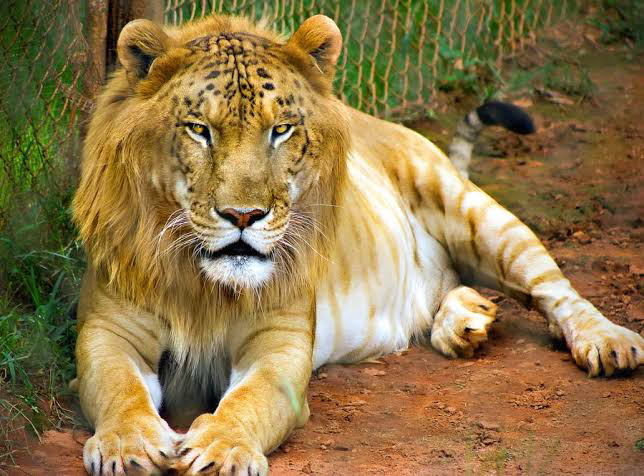The honey badger (Mellivora capensis), also known as the ratel, is a species of mustelid native to Africa, the Middle East and the Indian Subcontinent. Despite its name, the honey badger does not closely resemble other badger species, instead bearing more anatomical similarities to weasels. It is classed as Least Concern by the IUCN due to its extensive range and general environmental adaptations. It is a primarily carnivorous species, and has few natural predators due to its thick skin and ferocious defensive abilities.
Honey badgers are one of the most deadly creatures in the world. With their black and white fluffy fur no-one will ever go near this amazing creature.
The honey badger is the only member of the genus Mellivora. Although it was initially assigned to the badger group in the 1860s, it is now generally accepted that they bear very few similarities to the subfamily Melinae, instead being much closer to the marten family. Differences between Mellivora and Melinae include a different
Range: Sub-Saharan Africa to the Indian Peninsula
Size: Body Height:23-28cm
Length:367cm
Wieght: 143-169kgs depending on availability of prey
Food: Small vertebrates
Though not related to the wolverine, which is a large-sized deviant of the marten family, the honey badger can be considered an analogous form of weasel (polecat). The species first appeared during the middle Pliocene in Asia. Its closest relation was the extinct genus Eomellivora, which is known from the upper Miocene, and evolved into several different species throughout the whole Pliocene in both the Old and New World.
They may hunt frogs and rodents such as gerbils and ground squirrels by digging them out of their burrows. Honey badgers are able to feed on tortoises without difficulty, due to their powerful jaws. They kill and eat snakes, even highly venomous or large ones such as cobras. They have been known to dig up human corpses in India. They devour all parts of their prey, including skin, hair, feathers, flesh and bones, holding their food down with their forepaws.When seeking vegetable food, they lift stones or tear bark from trees.
The species ranges through most of Sub-Saharan Africa from the Western Cape, South Africa, to southern Morocco and southwestern Algeria and outside Africa through Arabia, Iran and western Asia to Turkmenistan and the Indian Peninsula. It is known to range from sea level to as much as 2,600 m asl in the Moroccan High Atlas and 4,000 m asl in Ethiopia's Bale





Comments